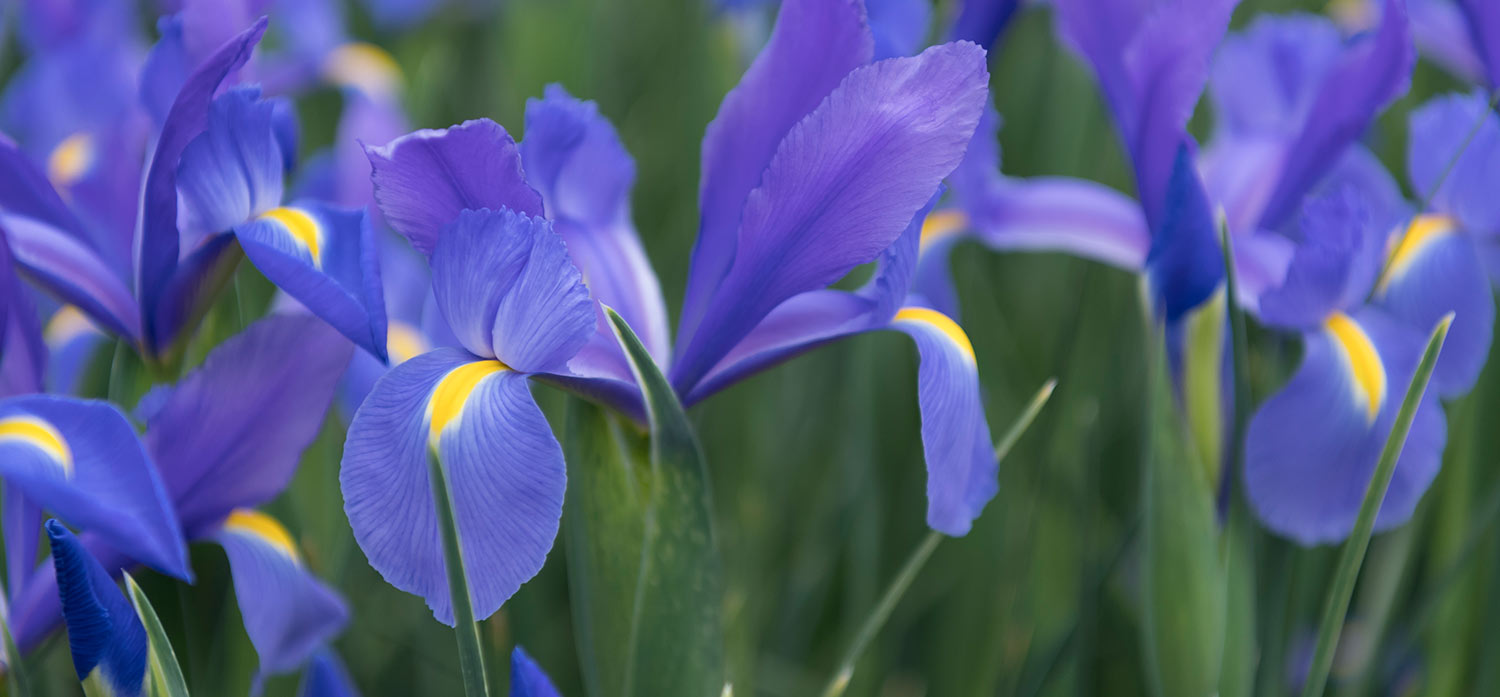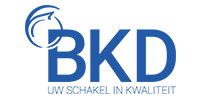
REGISTRATION
Registration
The BKD (the Flower Bulb Inspection Service) – which is appointed by the LNV Ministry (the Dutch Ministry of Agriculture, Nature and Food Quality) – carries out the checks and inspection activities on all flower bulbs in the Netherlands. By law, growers are obliged to register their plots of land and lots with the BKD and to have them inspected by us. Traders are obliged by law to state that they trade in flower bulbs, as well as what they are trading outside Europe. They have to have these products inspected before shipping them to the country in question. They are also obliged to have their imports into the Netherlands from a non-EU country inspected. Upon request, all companies must be able to provide the BKD with Track & Trace information on all traded flower bulbs.
MyBKD (‘MijnBKD’)
Flower-bulb growers use MyBKD to register with the BKD. They use MyBKD to provide details of their land plots and of the crops being grown on each plot. This system can also be used to register the bulb lots for inspections and tests.
In this video we will tell you how to set a password for MijnBKD, after a personal message from BKD (by e-mail), and we will explain the home screen. Click here to watch a video that explains how to reset your password if you have forgotten yours.
Ketenregister (chain register)
Flower-bulb exporters use the BKD’s Ketenregister (‘chain register, a system that contains relevant phytosanitary data about each lot ’). Ketenregister passes on lot information from the cultivation process – along with inspection information from the export process – to the NVWA’s e-CertNL system (formerly known as CLIENT EXPORT) for export certification, with the NVWA being the Netherlands Food and Consumer Product Safety Authority. This link-up ensures that there is a fully closed digital chain within which phytosanitary certificates are issued efficiently. It can also be used to apply for inspections.
Edibulb codes
In order to make it possible to link up with e-CertNL, MyBKD and Ketenregister use those names of flower-bulb crops and cultivars that comply with the Edibulb standard. Since these are used by all three systems, they all use one and the same basic procedure, which means that the digital communication can proceed efficiently and effectively.



